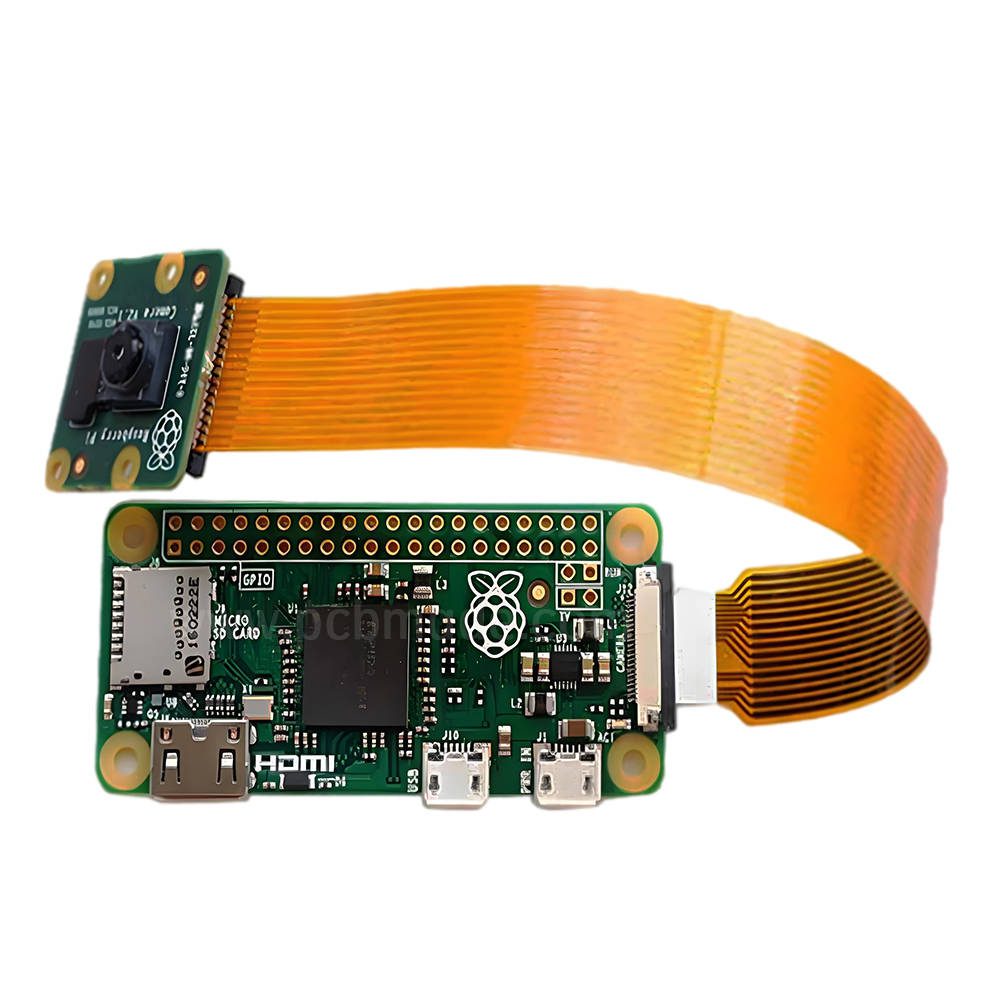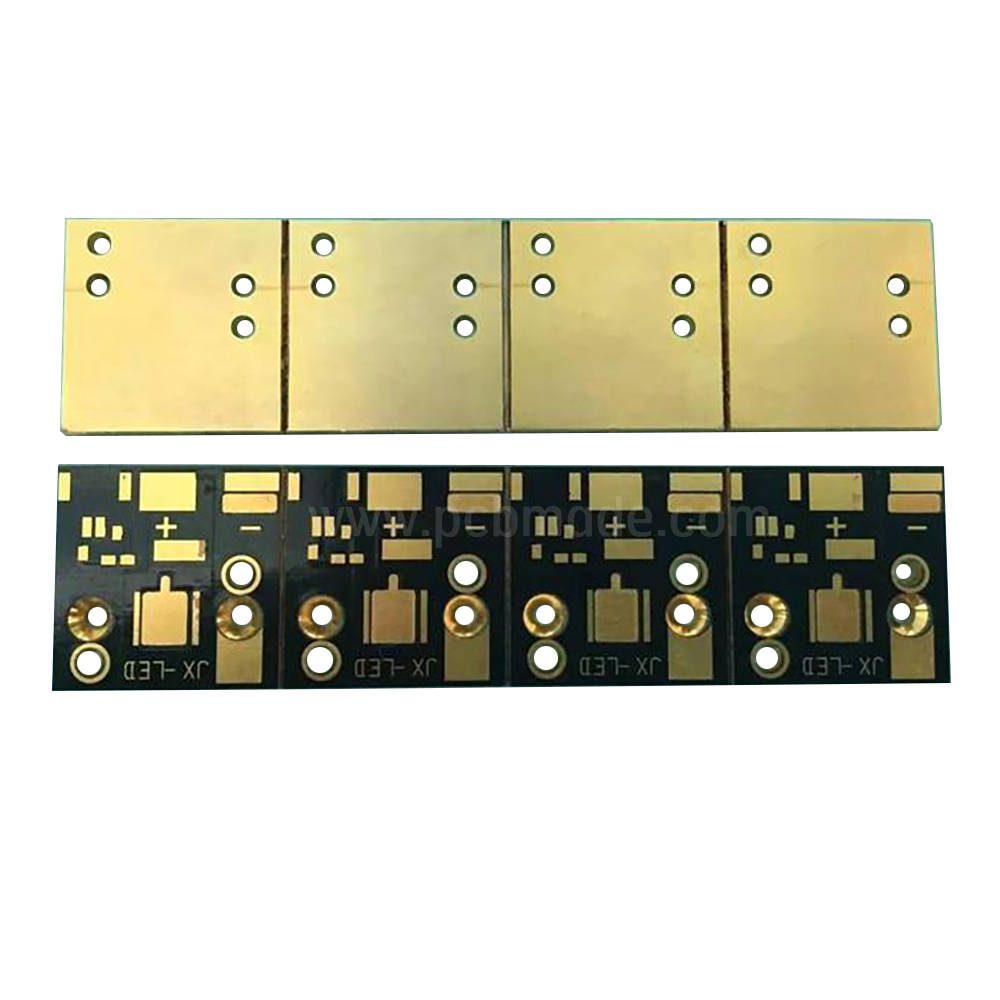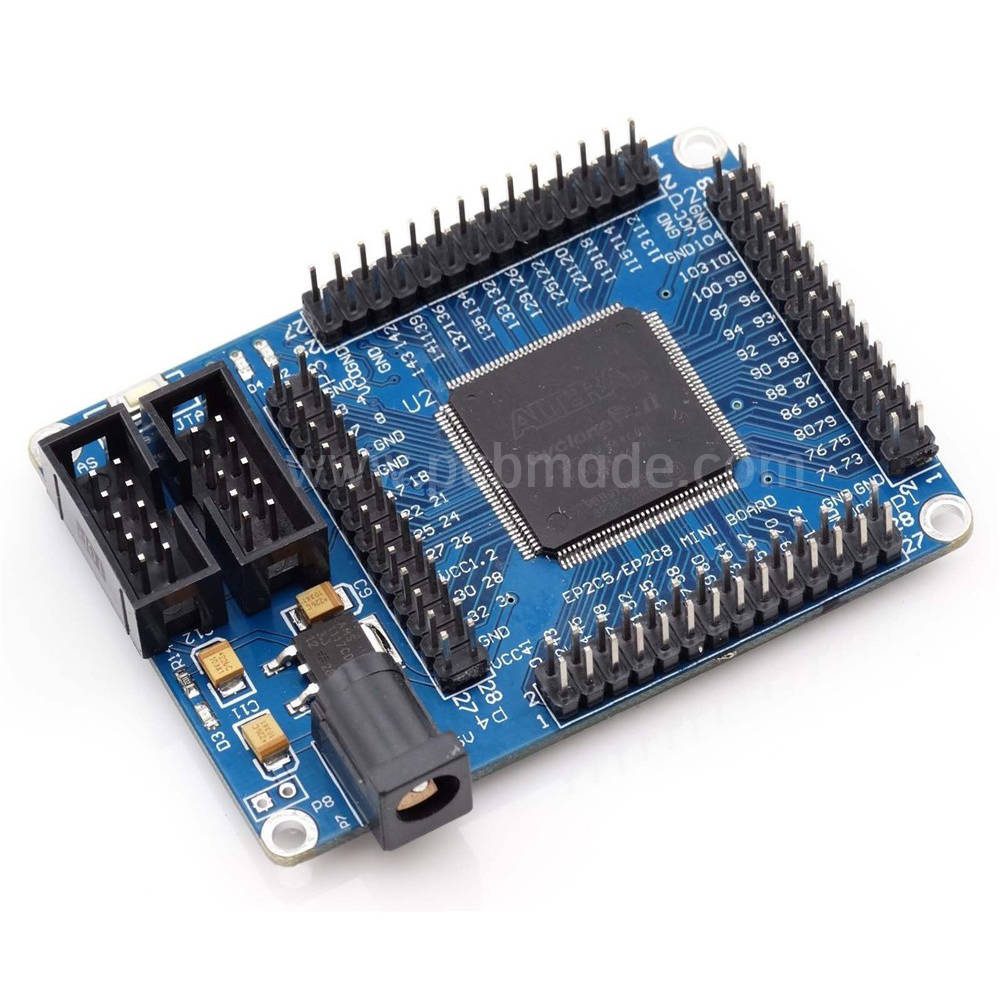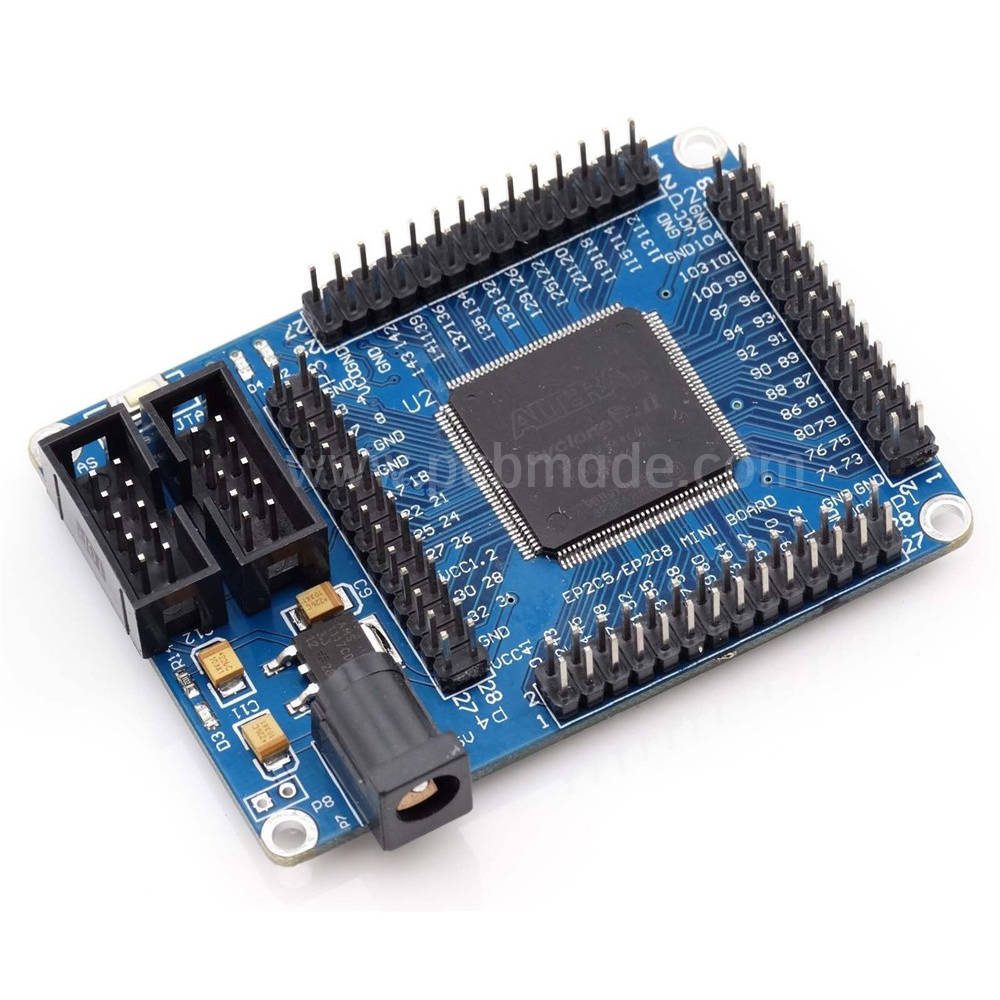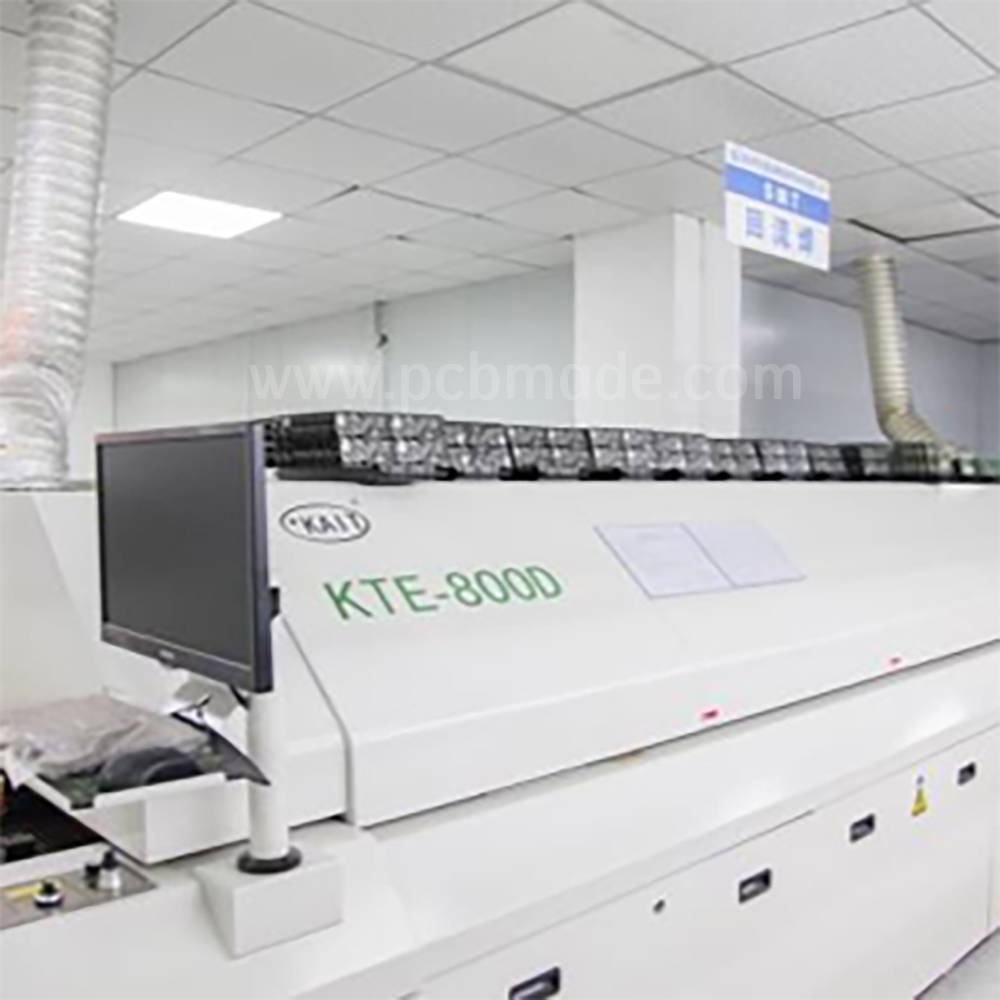In the rapidly developing mobile phone industry, the design of mobile phone PCB boards is crucial. A high-performance and highly reliable PCB board must have appropriate layers, and designs with different layers have different advantages.
So, how many layers are better for a mobile phone PCB board?
Firstly, let’s introduce the basic principles of multi-layer design for PCB boards.
Multilayer PCB board refers to adding multiple conductive layers between two ordinary printed circuit boards to form multiple electrical connections, in order to enhance signal transmission and power control capabilities. Multi layer design separates the signal layer and power layer, which can effectively reduce interference and noise and improve the overall performance of the circuit. In addition, multi-layer design can increase the complexity and density of circuits, improving their reliability and stability.
Next, we will analyze the advantages of multi-layer design for mobile phone PCB boards.
Multi layer design can provide more signal and power layers, making circuit layout more flexible and efficient. By reasonably allocating the positions of signal and power layers, the impact of interference and noise can be minimized to the greatest extent possible, and the reliability of signal transmission can be improved. Multi layer design can effectively reduce electromagnetic radiation and improve the anti-interference ability of mobile phones. In addition, multi-layer design can provide more solder pads and circuit connection points, making it convenient for mobile phone assembly and maintenance.
In addition, the multi-layer design of mobile phone PCB board also has the following advantages.
Firstly, multi-layer design can increase the complexity and functionality of circuits without increasing the overall size. For example, more components and IC chips can be added internally to enhance the processing and image processing capabilities of the phone.
Secondly, multi-layer design can better control the electromagnetic compatibility of circuits and reduce the interference of electromagnetic radiation on the internal and surrounding environment of mobile phones.
Moreover, multi-layer design can reduce the thickness and volume of circuit boards, improving the overall lightweight and portability of mobile phones.
In summary, the multi-layer design of mobile phone PCB boards has many advantages. Reasonable multi-layer design can improve the overall performance of the circuit, reduce interference and noise, and enhance the reliability and stability of the circuit. Multilayer design can also increase the complexity and functionality of circuits, improve the processing and image processing capabilities of mobile phones. At the same time, multi-layer design can also reduce the volume and thickness of circuit boards, increase the lightness and portability of mobile phones. Therefore, when designing mobile phone PCB boards, multi-layer design is a good choice.
In summary, multi-layer design of mobile phone PCB boards plays an important role in the current mobile phone industry. Through reasonable multi-layer design, the performance and reliability of mobile phones can be improved, enhancing user experience. In the future, with the continuous expansion of mobile phone functions, multi-layer design will be more widely used in the design of mobile phone PCB boards.




